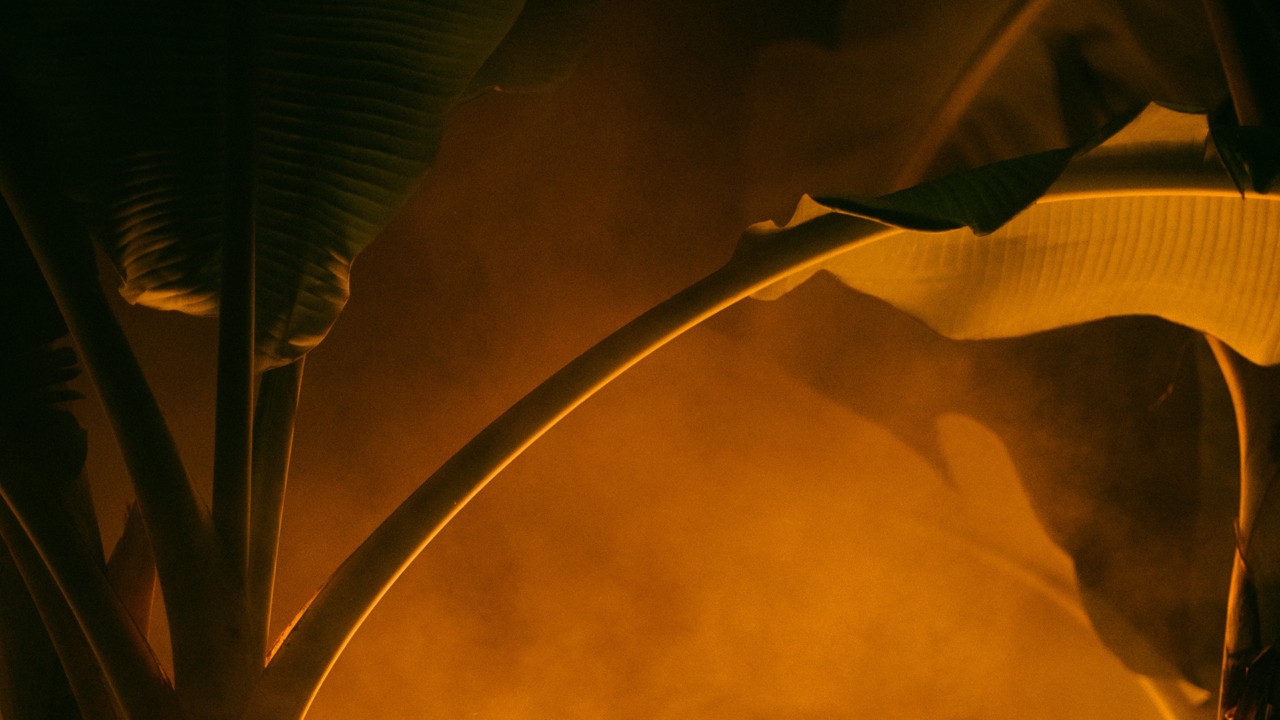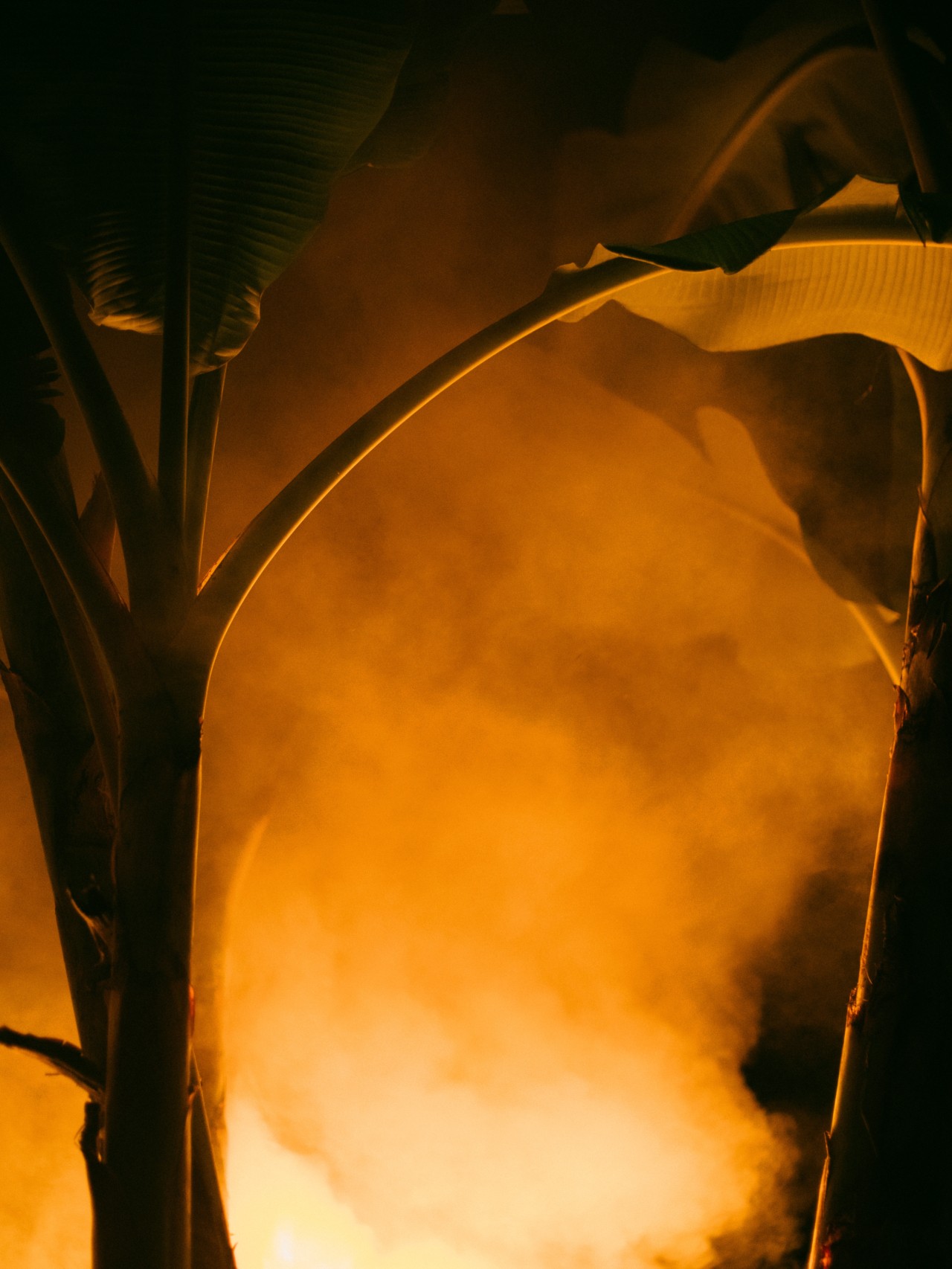

Photograph by Kristin Bethge / Connected Archives
This article was developed with the support of Journalismfund.eu.
For the French territory of Guadeloupe, the 2020 COVID-19 lockdown came with a 40-day water shortage that hit villages across the island. While investigating this water crisis, international lawyer Sabrina Cajoly witnessed a woman have a miscarriage. Then and there, she committed to holding the French government accountable. “How many cases of people like her happen on a daily basis and go under the radar?” asks Cajoly.
Cajoly made significant personal sacrifices in this unwavering pursuit of justice, including leaving a stable career with international organizations and settling back in the Caribbean. But now four years later, her work in Guadeloupe has reached a pivotal moment. Just last week, Cajoly took the lead in filing a human rights complaint to the Council of Europe against France.
This legal complaint comes from three NGOs, including Kimbé Rèd FWI, which Cajoly founded. She hopes this marks the beginning of a legal battle that compels France to reckon with its mismanagement of the water crisis plaguing its overseas territories for the past four decades—a tragedy centering a carcinogenic molecule called chlordecone, which today is detectable in the blood of over 95% of the island’s residents.
Originally an American invention patented in 1952, chlordecone was used on crops including tobacco, citruses, and most worryingly for Guadeloupe, bananas, where it was mainly used to prevent the banana weevil from feeding on the tree’s roots. But by the mid-1970s, it was banned, after workers at the Virginia factory producing the molecule showed alarming neurological damage, what’s been dubbed Kepone shake syndrome after the proprietary name of the American-made pesticide. Soon after the incident, European states like East and West Germany made the sale of chlordecone illegal, but not France.
Soon after, a French agrochemical company purchased the patent for chlordecone. Despite warnings from the International Agency for Research on Cancer, the Elysée Palace provisionally approved its entry onto the market in 1981 under the name Curlone—a new pesticide destined for use in the banana plantations of the nation’s overseas departments. By the time France banned chlordecone in 1993, an estimated one-sixth of the world’s chlordecone production had been used in the Antilles. As a result, Martinique, Guadeloupe, and their almost 800,000 inhabitants are paying the price today.
According to local institutions, between 20% and 40% of the agricultural land in Martinique and Guadeloupe is contaminated, with the greatest concentrations in banana-cultivating regions. Chlordecone is detectable in a number of crops grown on the islands, particularly root vegetables and others that grow close to the ground. This is no passing problem: the molecule is, by design, extremely stable and persistent, meant to maximize pesticidal efficiency. Previously, it was estimated that chlordecone would pollute the lands for 700 years; now the estimates are more optimistic. “This molecule was created with no thought for the future. That much is clear,” explained Sarra Gaspard, a researcher of soil decontamination.
By the time France banned chlordecone in 1993, an estimated one-sixth of the world’s chlordecone production had been used in the Antilles.
Over time, rainfall washed chlordecone molecules from the fields to the waterways, eventually reaching the ocean, where they settled into the seabed. According to reports from the French Biodiversity and Water Bureau, chlordecone remains one of the most polluting pesticides in the rivers of Martinique and Guadeloupe. Chlordecone was even found in locally bottled water in 2000.
Today, safe drinking water is still a luxury for most Guadeloupeans. In 2020, chlordecone levels reportedly exceeded safety thresholds in drinking water. And despite the government’s acknowledgment that levels in drinking water need to be reduced, they have no way of testing for it locally, instead shipping off samples to metropolitan France. By the time they get results, people have already been drinking it for weeks.
The water crisis is exacerbated by broken pipelines, an inefficient government health agency, and a historical lack of public investments. According to a source within the Guadeloupean water authority, over half of the water that passes through treatment plants leaks into the ground instead of arriving in people’s homes.
The result is a high price for “clean” drinking water. But activist Michelle Maxo questions how clean it actually is. “You could even tell yourself that you’re poisoning your kids, because you don’t even know what’s in the tap water,” she explained. Back in the 2000s, Maxo was among the first to raise funds for the legal fight to hold France accountable. After 16 years of investigations, that case was statute-barred by the court of Paris and dismissed for lack of evidence in early 2023—a decision that sparked both anger and resignation among islanders of overseas departments. “They just dismiss it with a wave of their hand? That’s very dishonest,” Maxo said.
Civil discontent became even more widespread last March, when it was discovered that a dam located in the contaminated western region of Guadeloupe, Basse Terre, had chlordecone levels three times higher than what is deemed safe. Shockingly, water from this dam was then brought to the chlordecone-free eastern region of the island, Grande Terre, and used on agricultural land during a drought. Chlordecone researcher Gaspard expressed deep concern, emphasizing that pleas to halt such water transfers had fallen on deaf ears for over two decades. “Why do we continue to transfer polluted water to Grande Terre, when it’s possible to do things differently?” the scientist said.
“This molecule was created with no thought for the future. That much is clear.”
To stem the health crisis unfolding in the Antilles, local authorities have imposed strict restrictions on local agriculture and fishing. As a result, more than 80% of the food the Antilles consume comes from mainland France. Eating imported products, however, comes at a prohibitive cost that a considerable portion of the population cannot afford. According to the French National Institute of Statistics, imported food in Martinique and Guadeloupe costs about 40% more than in France. For the roughly one-third of citizens who live below the poverty line, there is no choice but to drink spring water and eat potentially contaminated produce from their local garden or market, risking cancer, premature births, and even neurobehavioral complications in their newborns.
As he walks his family land, the president of the Young Farmers of Guadeloupe, Cyril Césaire, explains how he plans to turn it back into thriving farmland after years of disrepair.
“In principle, this is an area that’s not at all polluted, as they used mainly natural products,” he explained. Other members of his organization are not so lucky. Farmers are frustrated with the French government’s handling of the chlordecone crisis—many feel they’re left to deal with polluted parcels of land on their own. “They need to ensure that families who have really been impacted by chlordecone can have access to information, be compensated if necessary, and find common solutions to deal with it,” said Césaire.
In Guadeloupe, one-third of the coastline is subject to a total or partial ban on fishing. On the dock of a decommissioned port in the area, a few men wait still on the hunt for some fish as the sun rises. Luc, a Guadeloupean fisherman, points at them with his finger. “They don’t respect anything here,” he explained. “Not even the police know what to do.” The fishing industry, although unrelated to the events that led to the use of chlordecone, has been hit hard by the crisis. Since restrictions on fishing areas were imposed in 2010, the number of professional fishermen has decreased by 80%, said Luc. To find uncontaminated waters, one has to sail far off the coast or to the opposite side of the island. “We are the ones who lost the most”, Luc added. According to him, local fishing has no future on the island.
Beyond a tightly budgeted mitigation plan, the French government has refused to compensate victims or admit wrongdoing on both the national and international stage, including at the United Nations. Last November, governmental pressure led to the last-minute cancellation of a U.N. special rapporteur’s public visit to discuss the water crisis in Guadeloupe. Cajoly is determined to change this trend. “Under international law, it’s crystal clear”, she said. “The State has the primary and ultimate responsibility for human rights, access to water, and sanitation of the population.”
Correction,
March 25, 2024 8:59 am
ET
This article was corrected to reflect that Cajoly's human rights complaint is with the Council of Europe not the European Commission, and her career was international rather than based in Geneva.
Correction,
April 5, 2024 11:35 am
ET
Funding attribution was added to this article.
The Paradise France Poisoned